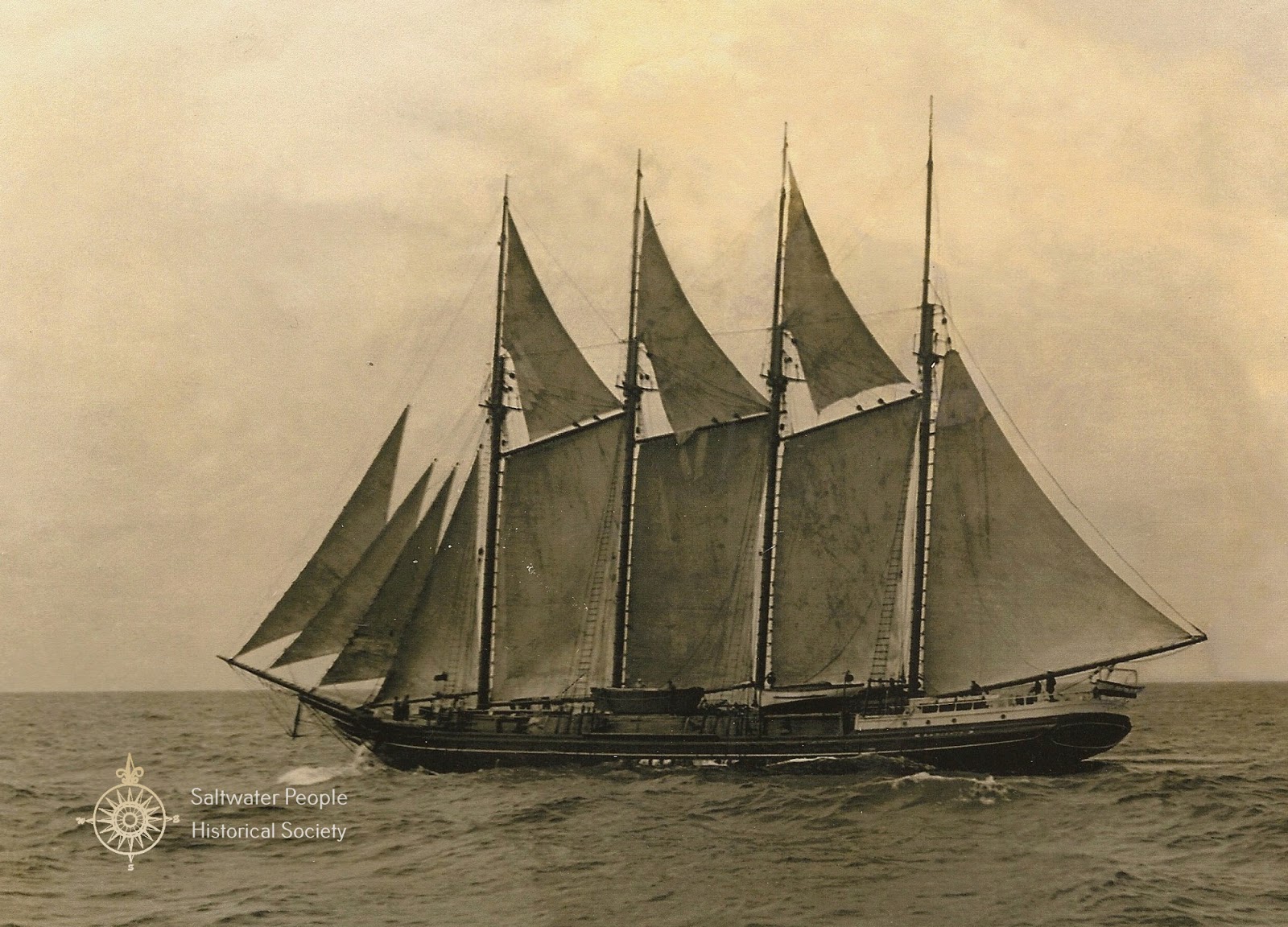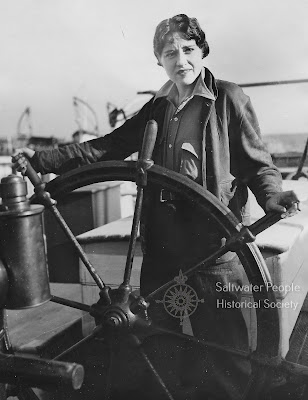 |
| Vintage postcard detail Olympic Peninsula postcard pub. by C. P. Johnston Co., Seattle, WA. From the archives of S. P. H. S.© |
All these steamers were stern wheelers, as was the pioneer on the direct Olympia-Shelton route, the WILLIE, operated by the Wiley Navigation Co. The similarity of names between owner and boat is but a coincidence. She was built for Capt. W. H. Ellis, intended for the Nooksack River and named for his son William. For the record, the WILLIE was 65-ft x 15-ft. On this meager hull was piled two full houses, topped by a pilot house on the boat deck.
Her most noted characteristic was the constant list to port, unless one considers her lack of speed paramount. "Port list, long passage," is a sailor's maxim. The WILLIE surely lived up to this saying were the tides adverse. The whistle was enormous. In fact, the descriptive term "wheel and whistle" was coined for her long before the GREYHOUND made that appellation famous. That whistle by the way, is still in use [1948] on one of the few surviving steam tugs.
In 1986, the WILLIE was succeeded by the larger and speedier (still with reservations) CITY OF SHELTON. Built for and operated by the Simpson Logging Co. interests, the SHELTON gave good service for ten years.
 |
| S.G. SIMPSON Photo pre 1910. Vintage postcard from the archives of the S. P. H. S.© |
The new boat went into service in 1907. Her engines gave her a 15-mile speed, well above the average for her class.
Hammersly Inlet, better known as The Big Skookum, is an attractive waterway so the designer provided the SIMPSON with a neat observation cabin forward on the passenger deck. At that period the camps had three crews. One working, one coming and one going. You guessed it, the observation cabin became the "Bull Pen" for the loggers, with their caulk shoes and like gear. Her service was light, two round trips daily and except for the tricky shoal navigation between Arcadia and Shelton, the run was a sinecure.
In 1922 land transportation had ruined the once prosperous trade, relegating the SIMPSON to service as a freighter with Tacoma as the northern terminal.
Puget Sound Freight Lines took over the boat and route in 1926. Her excess power and fine lines made her unsuitable for freighting so the Freight Lines sold the SIMPSON two years later to Martin Tjerne and associates of Stanwood.
 |
| E. G. ENGLISH Original photo from the archives of the S. P. H. S.© |
Her length of 115-ft was a detriment in the narrow confines of Tom Moore Slough, where the logging company had their rafting grounds. Mr. Tjerne pioneered by having a dredger type spud fitted forward of the house. This innovation was a success and was later adopted by other streamers using the same waters. Progress, so called, again caught up with the ENGLISH (ex-SIMPSON.)
In the early 1940s the business intermittent at best, could be better handled by smaller Diesel powered tugs. Ol' Scutt saw the pathetic E. G. ENGLISH recently abandoned and weatherworn on a lonely strip of beach, but still showing traces of the thoroughbred that she had been in her better days.
Nearby were the bones of her predecessor, the even more historic LILY. Two fine old craft mouldering on to oblivion."
Pacific Motor Boat, August 1948.
For J.R.







%2Bfor%2BJune%2BB.%2Bpost.jpg)
%2Bfor%2BJune%2BB.%2Barticle.jpg)














